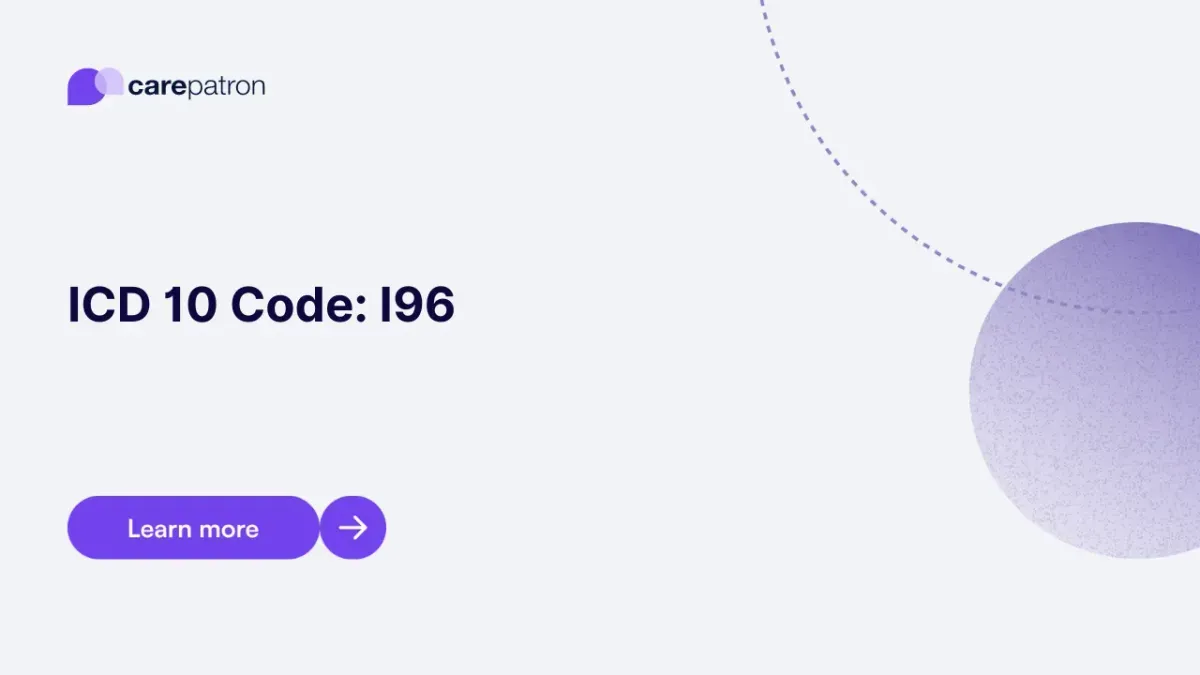
I96 – Gangrene, not elsewhere classified
Learn more about the I96 – Gangrene, not elsewhere classified ICD-10-CM code through this guide.
Use Code
Commonly asked questions
Gangrene can be caused by a variety of factors, including poor blood circulation (as seen in peripheral artery disease), diabetes, bacterial infections, and physical trauma. These factors can lead to tissue death in different parts of the body.
Treatment for gangrene typically involves surgical removal of the dead tissue, administration of antibiotics to manage infections, and addressing the underlying causes of poor blood supply or tissue damage.
Yes, gangrene can be life-threatening if not promptly treated. The severity and prognosis depend on factors such as the type of gangrene, location, and how quickly it is diagnosed and managed. Early intervention is crucial to improve outcomes.
EHR and practice management software
Get started for free
*No credit card required
Free
$0/usd
Unlimited clients
Telehealth
1GB of storage
Client portal text
Automated billing and online payments
